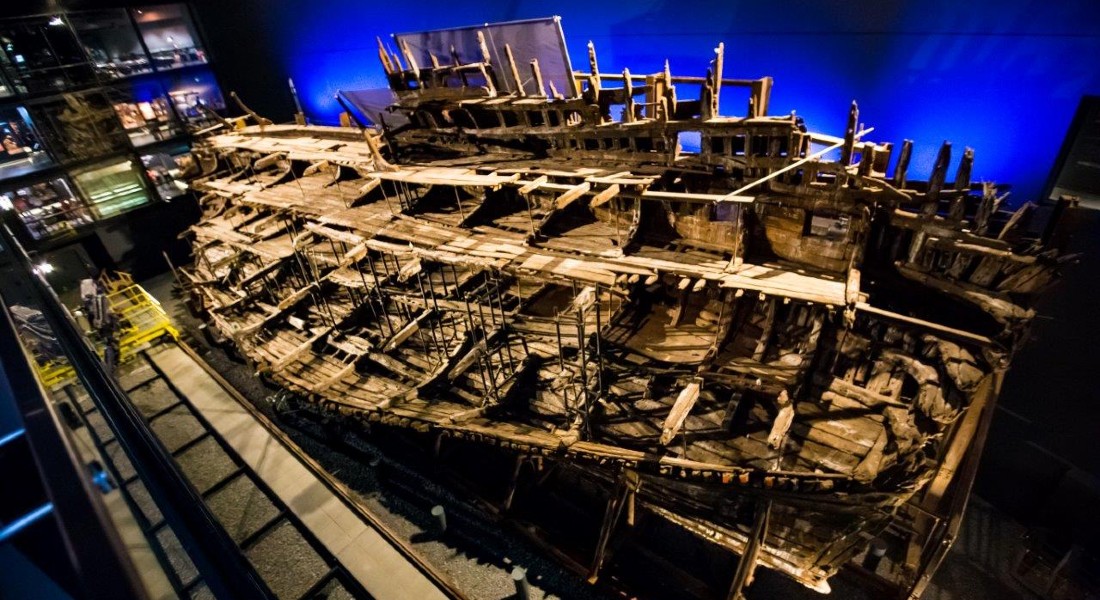The Mary Rose sank during a naval battle with France in 1543 and was excavated in 1982, along with 19,000 objects from the Tudor period. There remains one thing the 510-year-old English warship can't defeat; nature.
After more than 400 years at the bottom of the English Channel, the wooden ship's hull is vulnerable to decomposition. Bacteria and chemicals have been eating away at her remnants. The threat includes deposits from metal parts on the ship and bacteria which trigger acid attacks on the timbers. Thanks to a technique known as 'x-ray computed tomography with pair distribution function analysis' (ctPDF), researchers were able to identify a number of destructive substances that decompose wood when it resurfaces and is exposed to oxygen once again. These include zinc sulfides.

Credit: The Mary Rose Museum
"We have analyzed timber from the Mary Rose by way of a new technique that is somewhat comparable to how a hospital’s CT scanner works. The difference is that our scanning method combines CT scanning with what’s known as X-ray scattering. It lets us analyze the structure of materials at an atomic level, which makes it possible to find and map substances within the ship’s wood. It gives us information about what is contributing to the wood’s decay, so that it can be better preserved in the future," said University of Copenhagen Professor Kirsten Marie Ørnsbjerg Jensen.





Comments